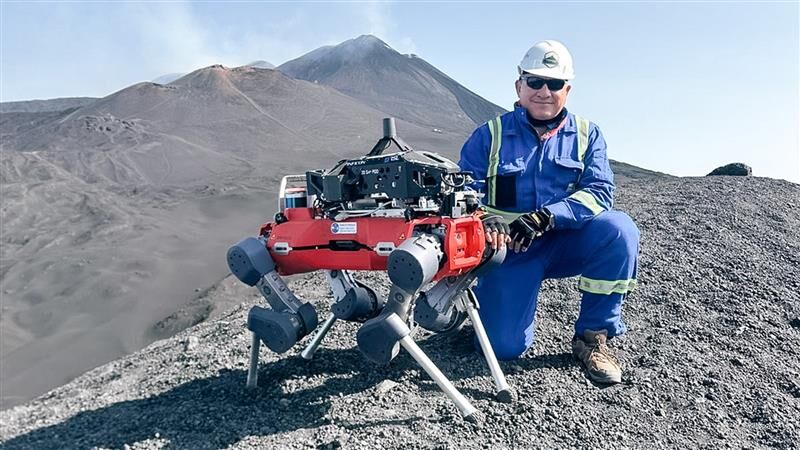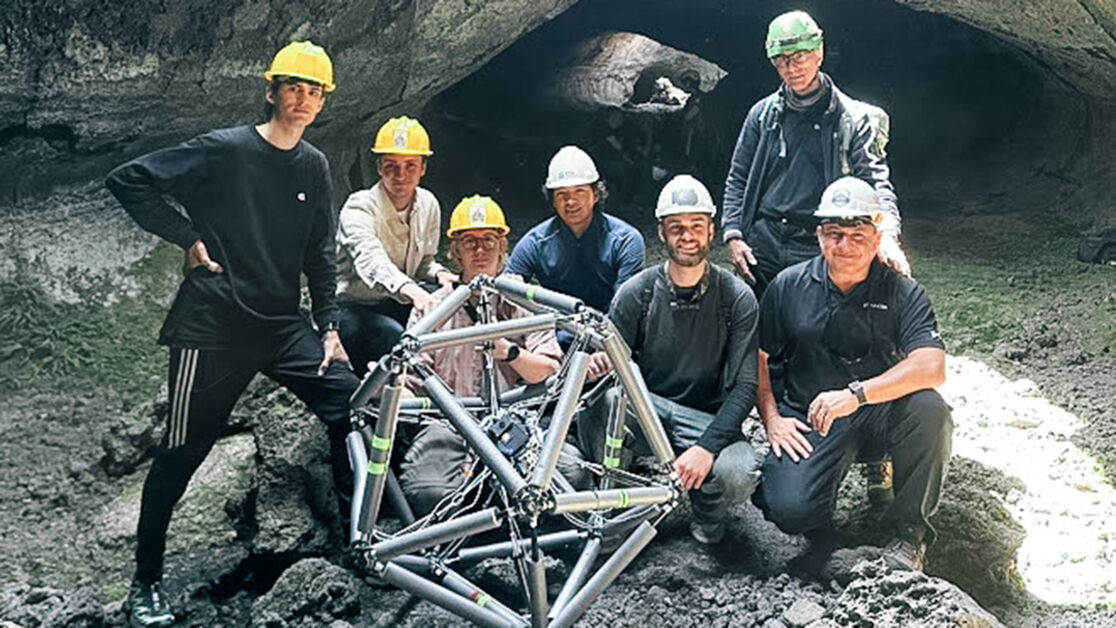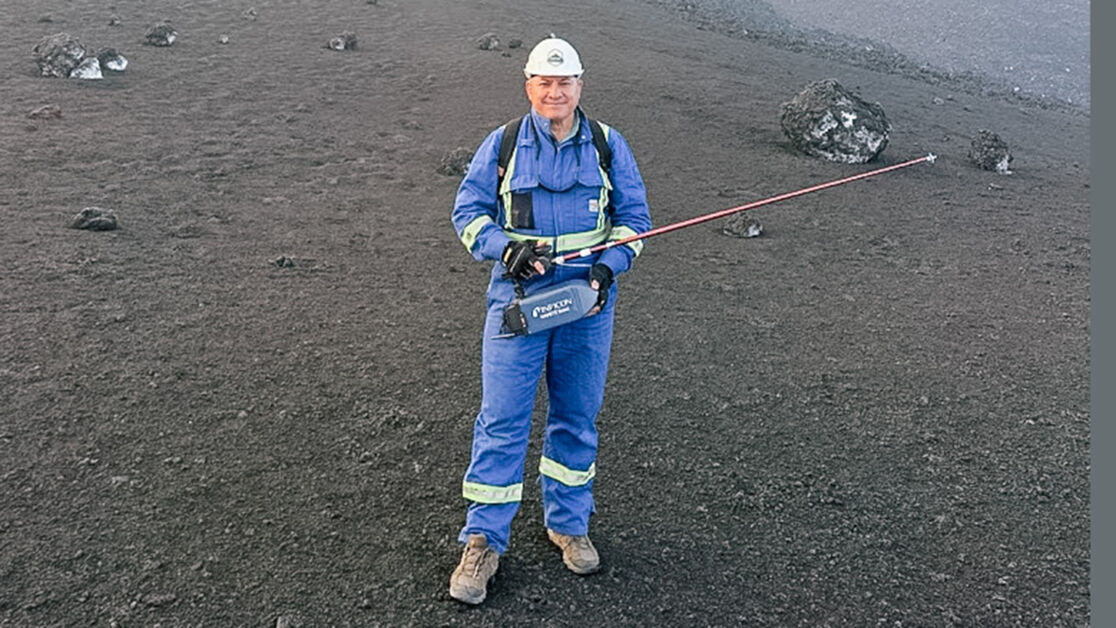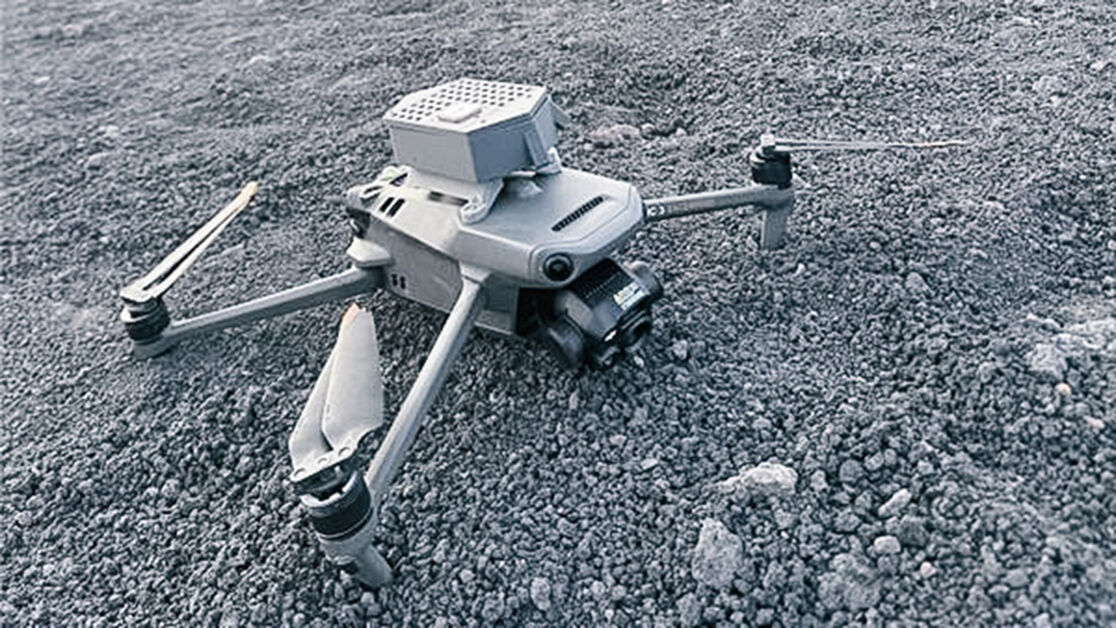In Situ Gas Sensing in Volcanoes Pushes Boundaries
Gas detection technology in one of Earth’s most extreme environments helps us better understand volcanic activity and protect lives.

Dr. Andres Diaz watched in awe at the base of Mount Etna as it erupted on June 2, 2025, sending hot gases and ash 1 kilometer above the crater summit.
A senior research scientist at INFICON and university professor, Dr. Diaz was at the volcano in Sicily, Italy, for an intensive week of testing new emerging technologies for in situ volcanic measurements, working alongside government agencies and university teams.
“Etna erupted just as we were setting up some of the experiments. It was a reminder of volcanoes’ power and the need for technology to assess volcanic conditions,” said Dr. Diaz. “The volcanologists and instrument scientists are testing measurements while risking their lives to advance the knowledge of when volcanoes erupt. The only way to understand environmental catastrophes is through data, and we need monitoring capabilities to predict them and protect the people in the field and the civil population.”
Testing in Harsh Environments
INFICON is uniquely positioned for this research, as our gas detection technology is designed to sustain harsh environments in semiconductor fabrication plants. We have been able to extend our gas-sensing capabilities from the fab to the field on Earth, and even into space. The INFICON Transpector® MPH mass spectrometer can detect the lowest levels of gases at fast speed, has the necessary mass range for main species detection, is designed for applications that require the highest level of performance—and recently completed a historic mission to the lunar surface.
Dr. Diaz was invited by the Italian National Institute of Geophysics and Volcanology (INGV) to continue his research on this volcano, which began in 2018 when he tested the INFICON XPR mass spectrometer on board a multirotor drone and other instrumentation to characterize active plume emissions for volcanic monitoring at Mount Etna. He began this research in 1995 during his Ph.D. studies at the University of Minnesota developing miniature and field portable gas sensing instrumentation. The goals are to advance science and protect human lives with the combination of gas-sensing instruments and robotics technology.
During this most recent visit, the teams performed engineering demonstrations of gas-sensing payloads on robots and tested space-targeted technologies on a lunar analog scenario (Etna is one of the few selected sites by NASA and ESA for lunar and planetary testing due to similar condition of terrain and challenges). We tested several INFICON instruments, including mass spectrometry systems, electrochemical sensors, infrared sensors, and particle sensors integrated into field portable system. Testing occurred at active plumes, fumaroles, craters, and lava tubes using different platforms: balloons, robots, drones, and handheld portable devices.
The tests included:
- ARAMMIS (Autonomous Robot for Area Mapping, Monitoring and In-situ Gas Sensing), a gas-sensing payload on board a legged robot from the Robotics System Lab at ETH. This is the first time this was accomplished in an active volcano. ARAMMIS uses the INFICON Transpector MPH quadrupole mass spectrometer (the same one that landed on the moon in March 2025) in a small portable system and roll protection cage that operates via the robot’s main computer.
- HAPSITE Scout prototype, which is a multi-gas sensing and sampling unit to accompany the HAPSITE CDT for hand portable and drone or robotic operation. It assesses main gas emission and collects samples in a remote cartridge for further in-depth GC/MS analysis.
- MAMBA (Multi-Sensor Atmospheric Monitoring for Baseline Analysis) prototype, a small sensing package for gas and parametric characterization as collaboration with the ETH Serenity FOCUS project, which developed the Serenity rolling robot for characterization of rouged lunar-like terrains, such as craters and lava tubes. We tested this system at Grotta dei Lamponi and Cratère del Larghetto.
- Balloons and small drone operations with gas sensors developed by the universities participating in the project.
The Importance of Research
A very large part of the Earth’s population lives in the surrounds of active volcanoes. By “listening” to what it tells us through gas leak detection and analysis, we are better able to respond to its warnings. The more data we are able to collect through the gases we measure, and the more systems we can deploy, the better prediction capabilities we will have.
Simply put: With this in situ gas instrumentation integrated to other monitoring parameters, we can save lives, the same way we are already improving earthquake forecasting in another INFICON project.
How It Works
A volcanic eruption happens when magma rises to the Earth’s surface and it emits gases and creates pressure that triggers tremors (seismic activity) and other measurable changes before erupting.
Dr. Diaz explained that by taking in situ measurements of the gases, we can understand what is happening inside the volcano. As new magma fills in the magmatic chamber, the degassing occurs and changes in gas concentration can be monitored either in the volcanic plume or fumarolic fields with our gas-sensing instrumentation. Monitoring these changes leads to discovering triggers or precursors to high erupting activity.
The Mount Etna field campaign was successful by demonstrating the capabilities of robots and drones to integrate gas-sensing instruments and conduct measurements of volcanic gas emissions to incorporate them as routine tools for volcanic monitoring. By using these tools, we can avoid sending humans to perform the dangerous work of taking measurements near the erupting volcano.
“It was extremely hard, there were many technical and field challenges, but we were successful at the end, and we will continue improving as the technology matures from prototypes to products” Dr. Diaz said. “It was a collective achievement in collaboration with our research colleagues to test our latest technologies, platforms, and sensors to advance the capabilities and data access to gain a better understanding of in situ volcanic monitoring. My hope is that it will be eventually implemented into routine activities at the volcanic observatories worldwide.”
In addition to INFICON, the following groups participated: Catania, Rome, and Palermo INGV research groups, as well as researchers from ETH Zurich (the Swiss Federal Institute of Technology Zurich), University of Catania, University of Palermo, University of Pisa and University of Costa Rica.
Dr. Diaz hopes to return next year to continue this important research. INFICON is proud to serve as the commercial in situ gas sensing commercial partner.
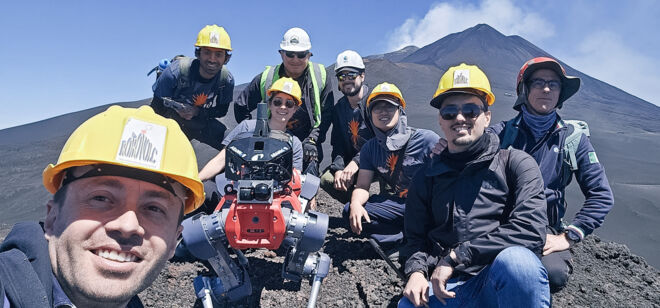
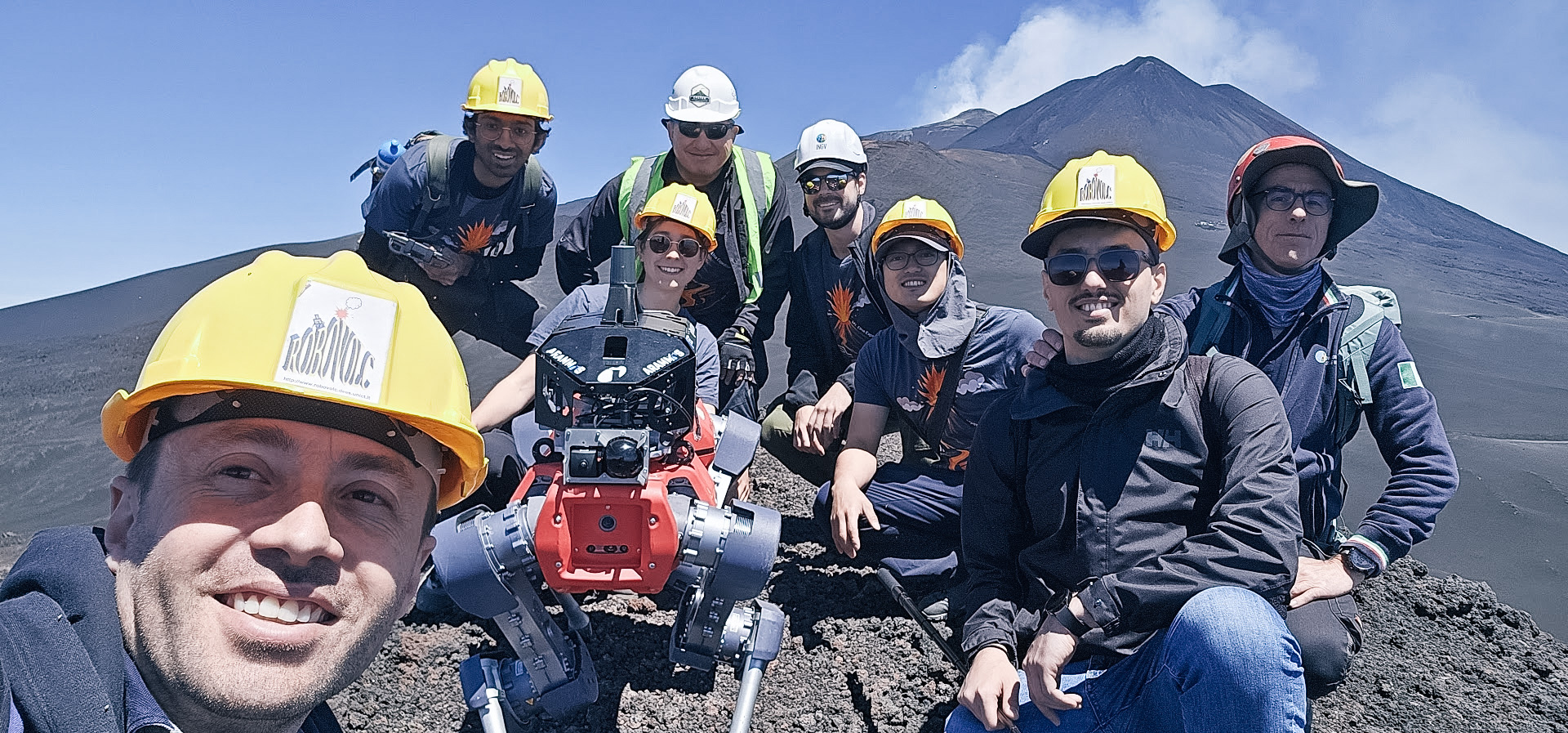
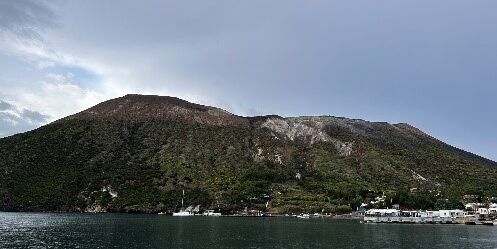
Overcoming complex challenges to protect people and the environment.

The INFICON Transpector® MPH quadrupole mass spectrometer successfully landed and operated on the lunar surface.
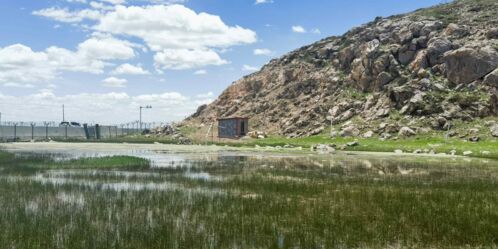
Using gas sensing technology to enable key research at academic and government institutions to understand better what nature is telling us.

Gaining a better understanding of volcanic activity through geochemical measurements, ultimately enabling more reliable eruption forecasts.
